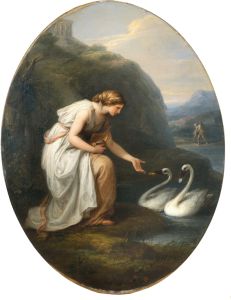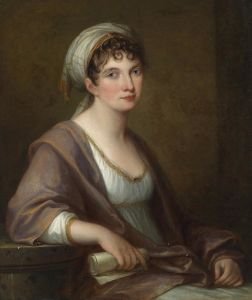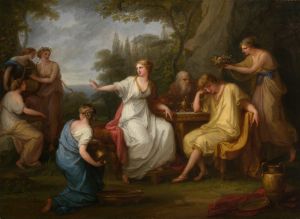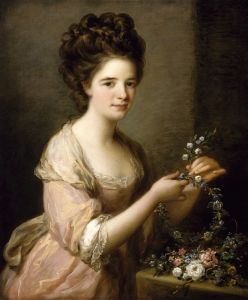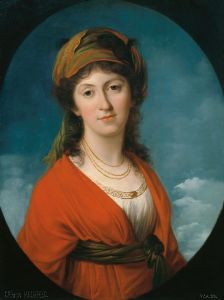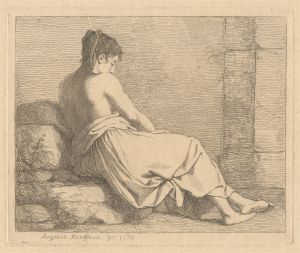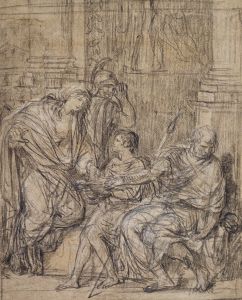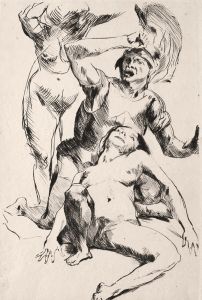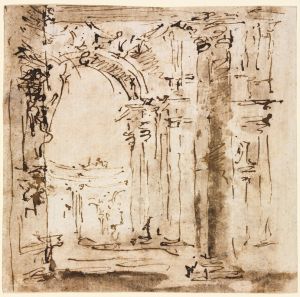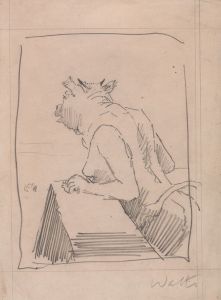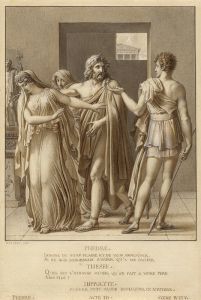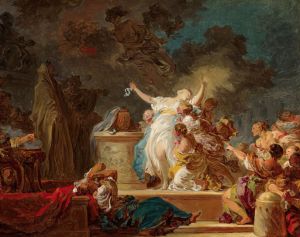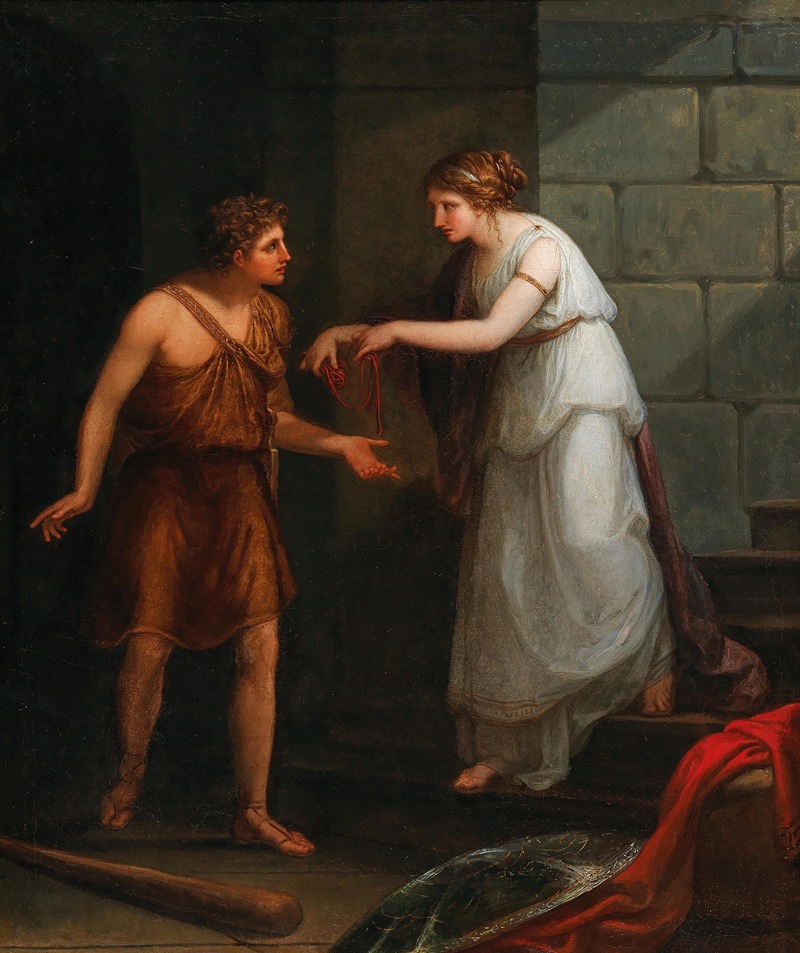
Theseus and Ariadne
A hand-painted replica of Angelica Kauffmann’s masterpiece Theseus and Ariadne, meticulously crafted by professional artists to capture the true essence of the original. Each piece is created with museum-quality canvas and rare mineral pigments, carefully painted by experienced artists with delicate brushstrokes and rich, layered colors to perfectly recreate the texture of the original artwork. Unlike machine-printed reproductions, this hand-painted version brings the painting to life, infused with the artist’s emotions and skill in every stroke. Whether for personal collection or home decoration, it instantly elevates the artistic atmosphere of any space.
Angelica Kauffmann's painting "Theseus and Ariadne" is a notable work by the Swiss-born Neoclassical painter, who was one of the most prominent female artists of the 18th century. Kauffmann was renowned for her history paintings, portraits, and landscapes, and she played a significant role in the development of the Neoclassical style. Her works often depicted scenes from classical mythology, literature, and history, reflecting the Enlightenment ideals of reason, order, and beauty.
The painting "Theseus and Ariadne" illustrates a scene from Greek mythology involving the hero Theseus and Ariadne, the daughter of King Minos of Crete. According to the myth, Theseus volunteered to enter the Labyrinth to slay the Minotaur, a monstrous creature that was half-man and half-bull. Ariadne, who fell in love with Theseus, provided him with a ball of thread to help him navigate the complex maze. After successfully killing the Minotaur, Theseus used the thread to find his way back out of the Labyrinth.
Kauffmann's depiction of this mythological story captures the moment of interaction between Theseus and Ariadne, emphasizing their emotional connection and the pivotal role Ariadne played in Theseus's success. The painting is characterized by Kauffmann's typical use of soft colors, graceful figures, and a balanced composition, which are hallmarks of her Neoclassical style. Her attention to detail and ability to convey emotion through expression and gesture are evident in this work.
Angelica Kauffmann was a founding member of the Royal Academy of Arts in London, one of only two female founding members, which underscores her significant contribution to the art world during her time. Her works were highly sought after, and she enjoyed patronage from European nobility and intellectuals. Kauffmann's ability to navigate the male-dominated art world of the 18th century and achieve such acclaim is a testament to her talent and determination.
"Theseus and Ariadne" reflects Kauffmann's interest in classical themes and her ability to bring them to life with elegance and clarity. The painting not only showcases her technical skill but also her deep understanding of the narratives she chose to depict. Through her art, Kauffmann contributed to the dissemination of classical stories and ideals, aligning with the broader cultural movement of Neoclassicism that sought to revive the art and philosophy of ancient Greece and Rome.
While specific details about the provenance or current location of "Theseus and Ariadne" may not be widely documented, Kauffmann's body of work continues to be studied and appreciated for its artistic merit and historical significance. Her paintings remain an important part of art historical scholarship, offering insights into the cultural and artistic currents of the 18th century.





